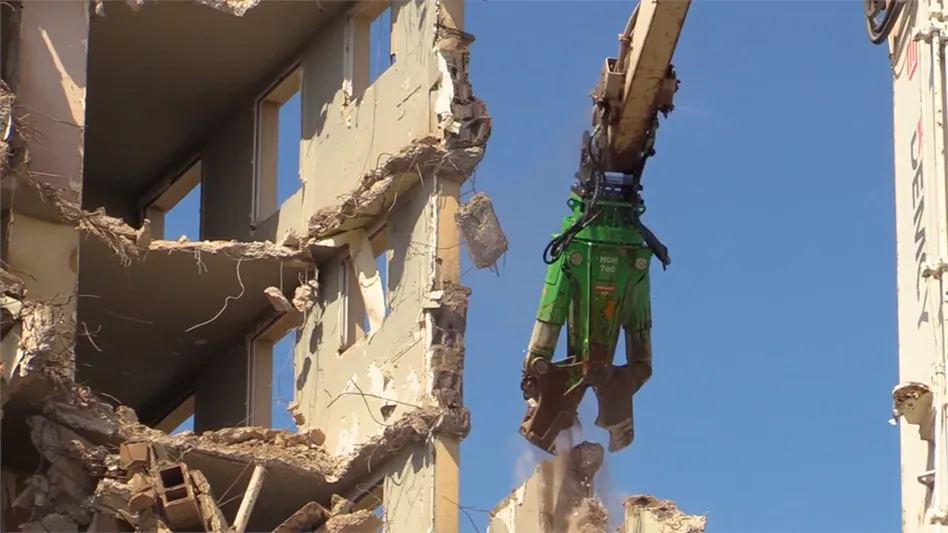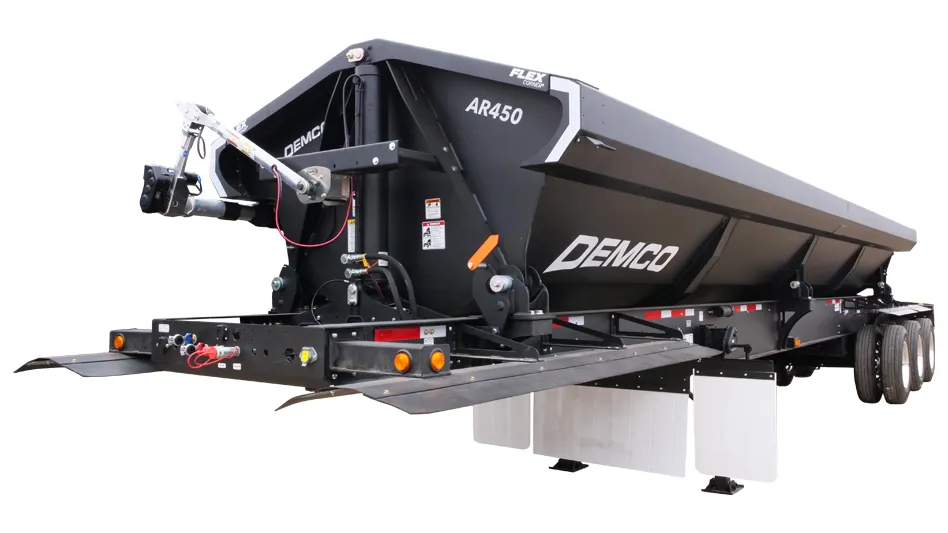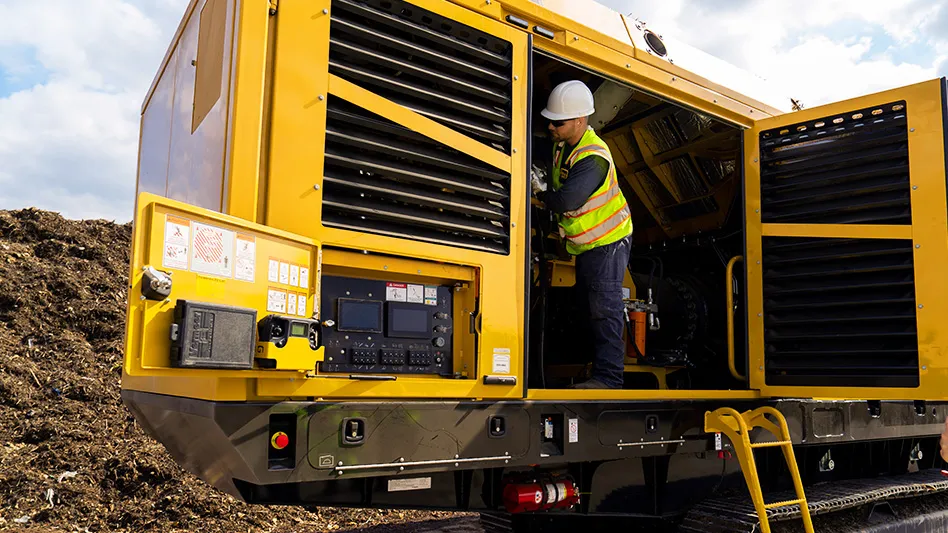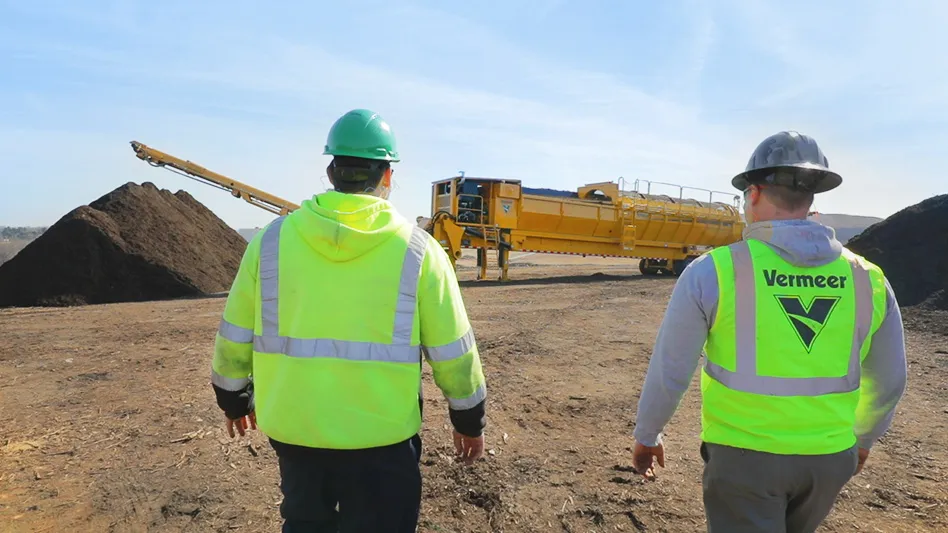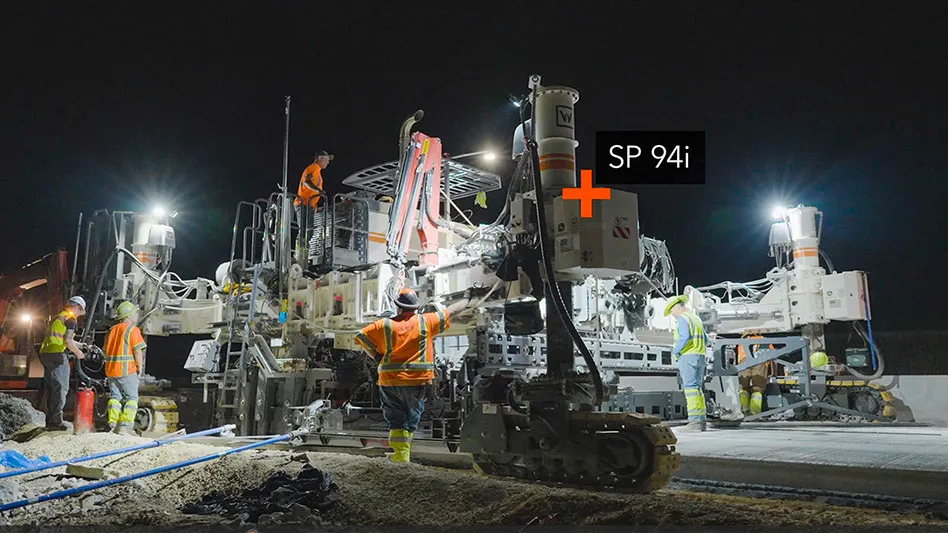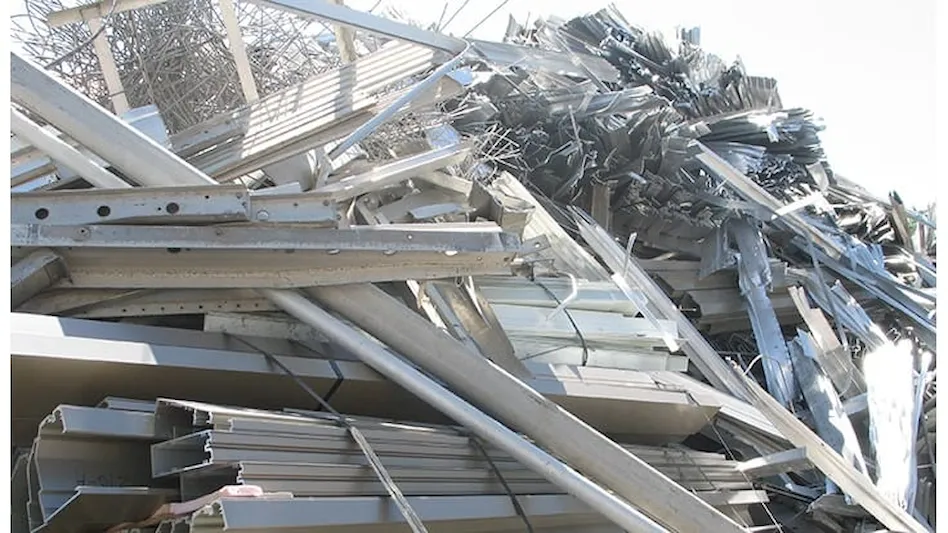
Photo by Brian Taylor.
Beyond lightweight stainless steel needles and a little potassium and sodium found in COVID-19 vaccines, the rollout of the serums has no direct supply and demand influence on global minerals markets. The expected economic impact of the vaccines, however, has contributed to a global bull market for metals.
Along with many stock prices, metals and mined materials prices have marched upward in step with vaccine approvals and distribution in Organization of Economic Cooperation and Development (OECD) nations. Investors seem convinced that gross domestic product (GDP) numbers in the United States, Europe and other OECD nations will rebound as sharply as they did in China when that nation recovered from its bout with the virus.
At the close of the Dec. 15 market on the London Metal Exchange (LME), the copper cash contract stood at $7,753 per metric ton ($3.52 per pound). Aluminum on the LME, meanwhile, finished that day at $2,022 per metric ton, or 92 cents per pound.
On May 1, as the United States and Europe maintained restrictions to battle its first wave of COVID-19 infections, the LME aluminum cash price was 28.8 percent lower at $1,440 per metric ton (65 cents per pound). Copper pricing May 1 stood at $5,061 per metric ton ($2.30 per pound), 34.7 percent lower than the mid-December price.
Beyond the rise in primary pricing, scrap metal values might have risen even more, by percentage, because of the tight scrap supply situation in parts of North America and Europe, coupled with the re-emergence of the Chinese nonferrous import market.
As of mid-December, Davis Index was reporting that secondary aluminum producers in the U.S. were paying spreads narrowing by the day for most aluminum scrap grades. The news service says the export market also is “applying pressure,” with “zorba pricing breaking 70 cents per pound and moving higher.”
On the copper side, Davis Index in mid-December is reporting tighter spreads for bare bright, No. 1 and No. 2 copper among U.S. buyers and sellers.
The steel and ferrous markets have followed the same bullish pattern since vaccines started being approved and rolled out in the U.S., Canada, the United Kingdom and Europe. Infrastructure programs in China, other parts of Asia and Latin America provided a boost to those markets even before the vaccine optimism set in.
Ferrous pricing in the U.S. rose considerably in the early December buying period, and the onset of vaccination programs seems poised to add further upward price pressure.
Reuters has reported in mid-December that nickel and stainless steel prices are part of the bull market parade, while iron ore prices have risen so high that Chinese steelmakers are asking for an investigation, according to Argus Media.
In its Dec. 16 edition, U.K.-based Kallanish Commodities reports a series of steel price increases in several parts of the world, including Turkey, the Middle East, Eastern Europe and Italy. In the U.S., Nucor Corp. has raised its steel tube prices by $100 per ton, while other North American steelmakers are busy raising their steel plate prices, according to Fastmarkets AMM.
For recyclers, the price pressure will be tied not only to demand but, until activity restrictions are actually lifted, constrained supply. Weather could be another supply factor, says Nathan Fruchter of New York-based Idoru Trading. “We are going into winter, where tonnage can sometimes tighten up and transport can be hampered by cold weather,” he comments.
Latest from Construction & Demolition Recycling
- EPA announces $3B to replace lead service lines
- NWRA honors award recipients during annual breakfast at WasteExpo
- Safe Fleet, ITA Dynamics unveil integrated financial, route management system
- Bateman unveils 210 series orange peel grapple
- Republic reports first quarter growth
- Meridian Waste completes second acquisition of 2024
- NEPA revisions could delay critical infrastructure, ABC says
- Liebherr USA announces new divisional director
